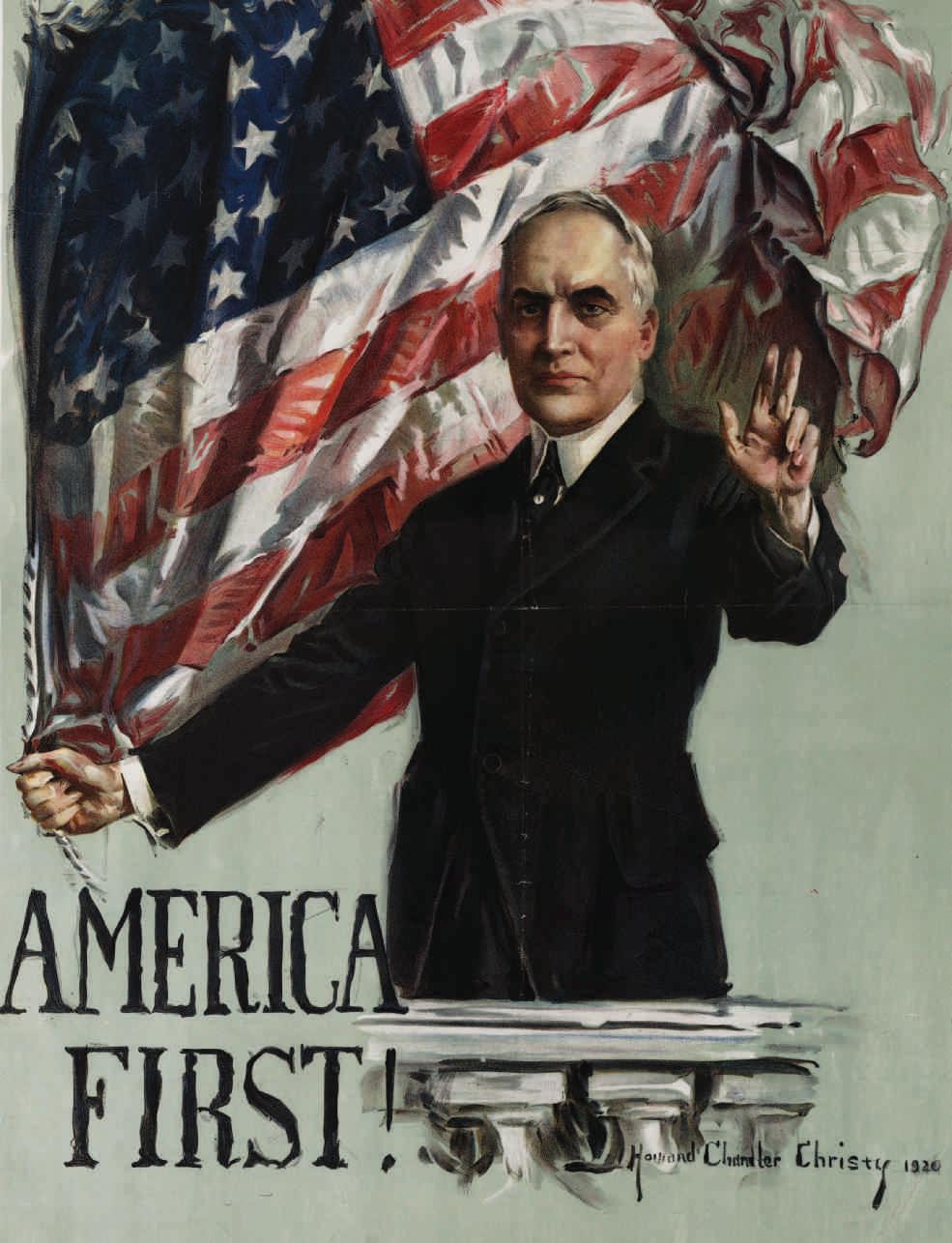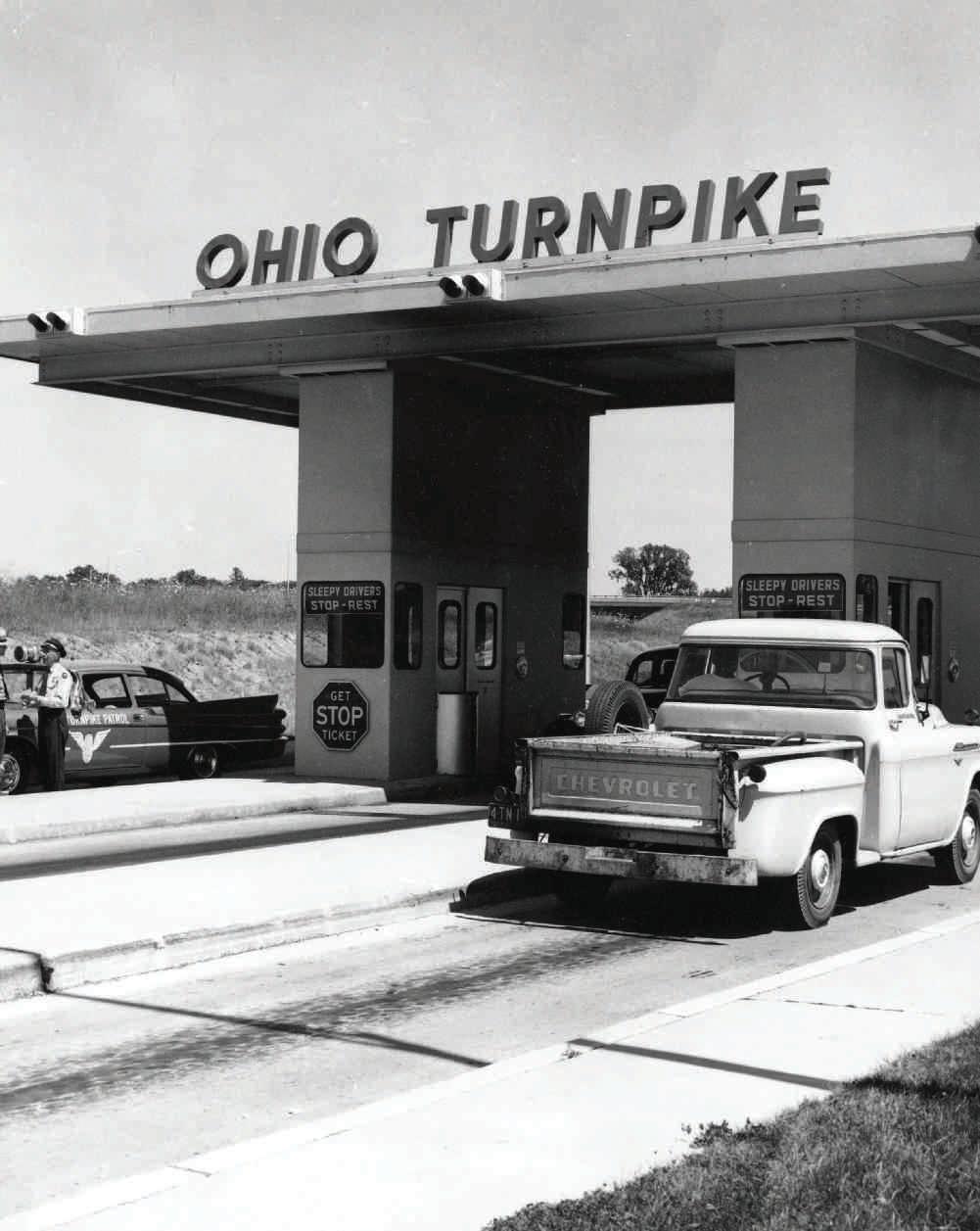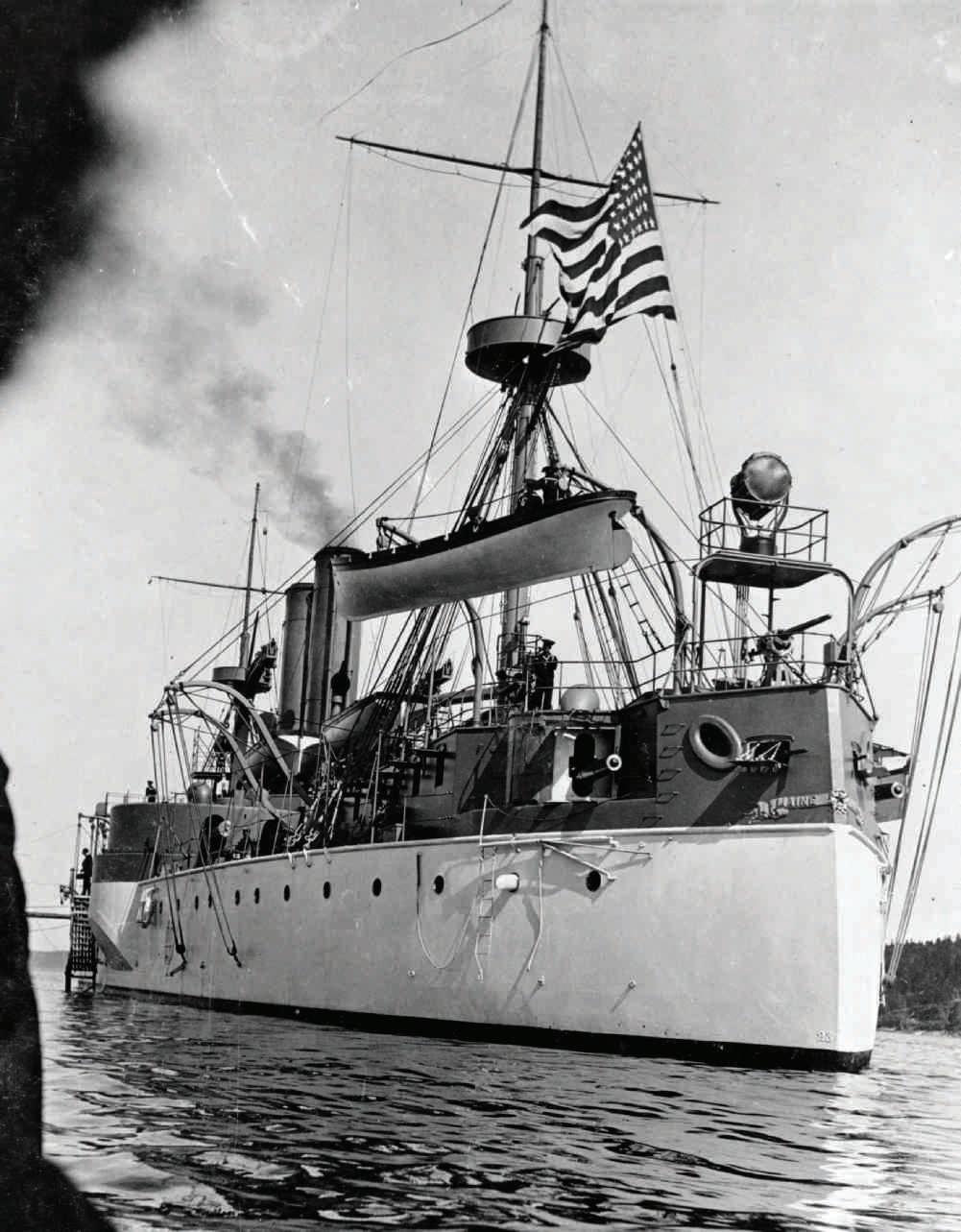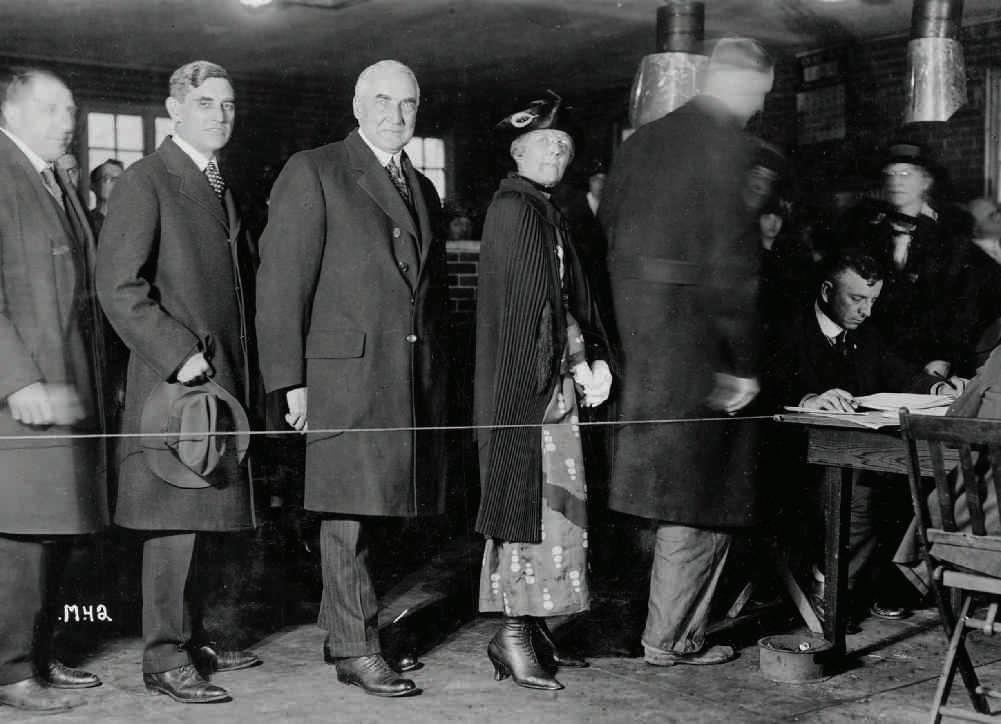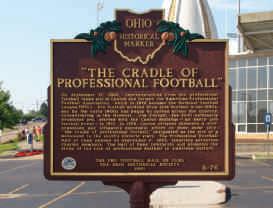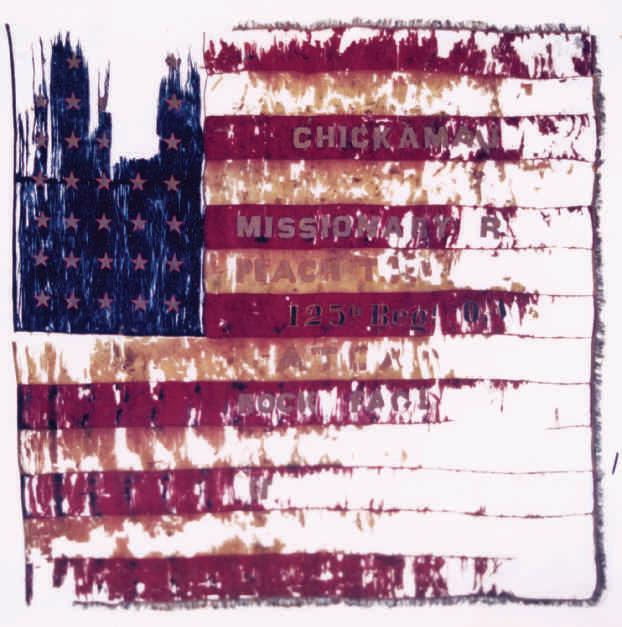
4 minute read
Young Eyes on the Past
Gideon v. Wainwright: A Landmark Case
YOUNG EYES ON THE PAST BY SYDNI WILSON
In the initial stages of creating my website for History Day, I narrowed my focus to civil and criminal rights in the U.S. Supreme Court case Gideon v. Wainwright.
In it, the court unanimously ruled that states are required under the Sixth Amendment of the U.S. Constitution to provide an attorney to defendants who are unable to afford their own.
As simple as the case may seem at a glance, the project was rather challenging to implement. The case seemed unambiguous, the court’s verdict transparent. I had worked on a previous project for National History Day based on Loving v. Virginia, a landmark civil rights decision of the Supreme Court.
Defending Gideon is a half-hour video produced by the Constitution Project and released in 2013. The film “highlights the importance of a system that guarantees representation for all.”
The Constitution Project at the Project on Government Oversight As I proceeded with my project on Gideon, I learned more about criminal rights and the significance of the Sixth Amendment.
A PERFECT SOLUTION?
For instance, once I learned about the legacy of Gideon, I could not truthfully state that the verdict afforded fairness in every subsequent case. Though the court’s conclusion significantly advanced criminal rights, the ruling had derivative flaws that seeped through the law and influenced future criminal sentences.
Even if one receives a lawyer, the heavy workload of public defenders and the various priorities and talents of an attorney contribute to the verdict of a trial and can have a negative impact on the accused. So, though equality is established where everyone may obtain an attorney, it is a lawyer’s performance that determines one’s innocence or guilt. GIVING BOTH SIDES
For my project, I felt that I must address Gideon’s modern obstacles to show both sides of its legacy. I had a slight fear that this revelation would defeat my website’s thesis and its purpose. But, if anything, I believe it strengthened my argument with my acknowledgement that Gideon did not guarantee absolute justice.
With this in consideration, my competing desires served as my inspiration and supported my project’s purpose: to detail how Gideon v. Wainwright broke economic barriers for the rights of the accused and applied the Sixth Amendment to the citizens of the United States.
My research was founded on numerous journals, articles and even legal documents. Most of the time, I started from secondary sources and then scavenged for primary sources.
A highlight of my website’s creation was introducing video and audio clips, and portions of newspapers. Honestly, uploading these excerpts had complications. But, viewing my overall product, I can say that without a doubt I enjoyed listening to, watching and reading these fragments that provide details of the social context before, during and after Gideon.
LEARNING THE LANGUAGE OF LAW
At the time, I took advanced placement U.S. Government and Politics, and being in this class, I used a lot of the vocabulary we learned, which may not have been familiar to others. This is a major reason why I included numerous explanations and footnotes. Overall, I tried to be as precise and consistent as I could on my website, especially when it came to the formatting of each page. I also did everything in my power to make sure it looked efficient and pleasing to the eye.
I received advice and support from my government teacher throughout my entire process, as well as from my peers and from
state coordinators of Ohio History Day. So I thank them for their inspiration and encouragement.
I would also like to say that I am grateful for National History Day and the wonderful opportunities it provides to students like me. I have developed the knowledge of creating a website from the two years I have participated in these contests, and my gratitude for all mentioned is bountiful.
Sydni Wilson is a senior at Maysville High School in Zanesville. She has studied Spanish for five years, and this is her first year taking only College Credit Plus and advanced placement courses. She has been a National History Day qualifier for two years in a row, and is involved in Rotary and National Honor Society. She has attended a Hugh O’Brian Youth Leadership Seminar and “enjoys spending quality time with my cat.”
LEARN MORE LEARN MORE
You can listen to the oral arguments for Gideon v. Wainwright at oyez.org/ cases/1962/155.
View Sydni’s website at site.nhd.org/14130862/home.

A handwritten petition for a writ of certiorari (a decision by the U.S. Supreme Court to hear an appeal from a lower court) from Clarence Gideon to the Supreme Court on Jan. 5, 1962.

